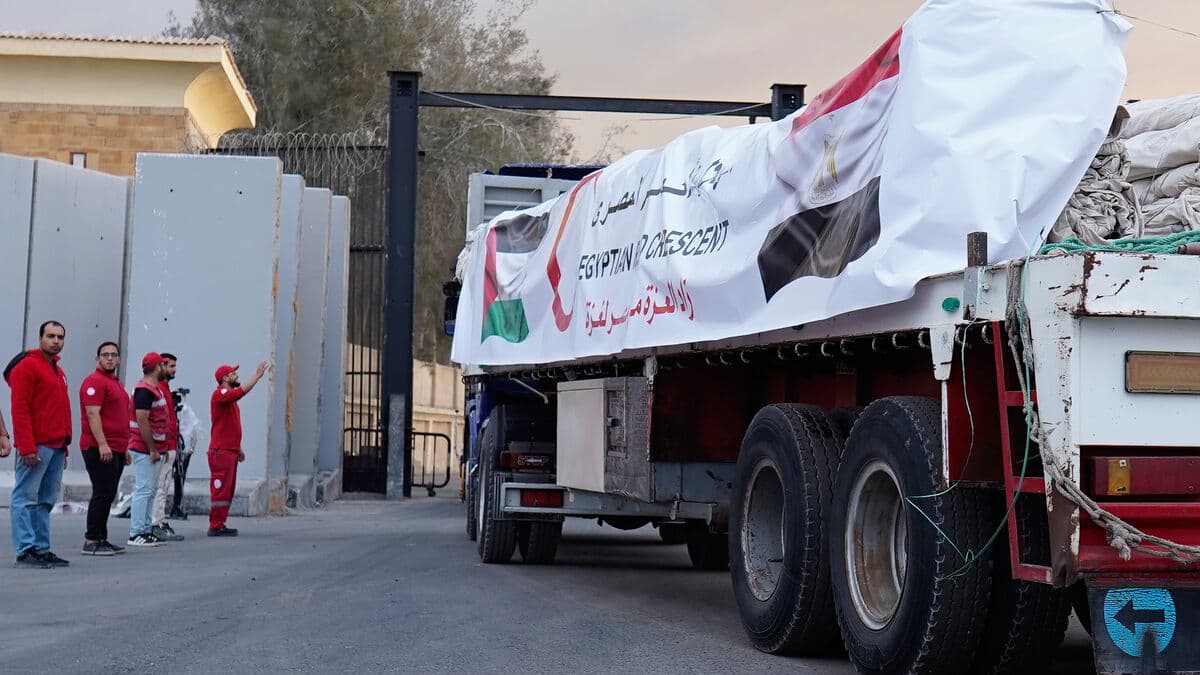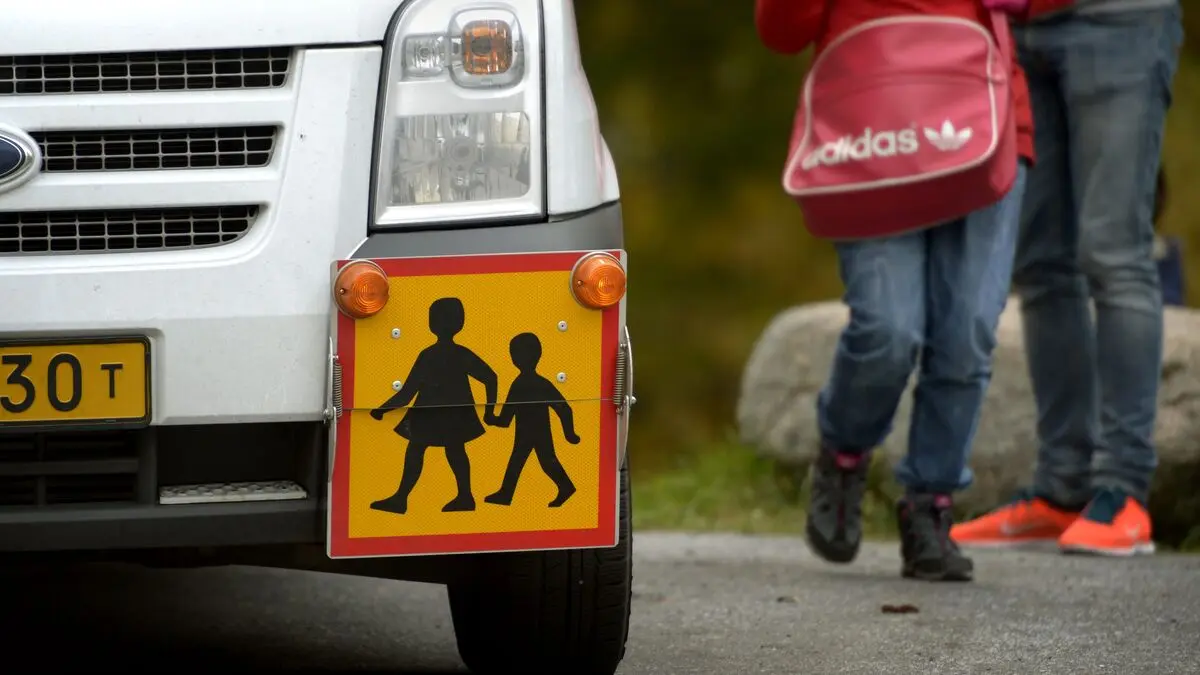Water, food, medical equipment, tents – there is a shortage of almost everything and at least 600 trucks with aid per day need to be delivered to Gaza going forward, according to aid organizations' assessments.
In a first aid shipment, 400 trucks with 9,000 tons of emergency aid have been sent to Gaza. The convoy is a coordination between different organizations, but it is only a small beginning, says the Secretary General of the Swedish Red Cross, Ulrika Modéer.
The UN and the International Red Cross Committee (ICRC) are urging Israel to open all border crossings to Gaza to allow aid to enter the war-torn area.
High confidence
On site in Gaza is the Palestinian Red Crescent, which has good local knowledge and high confidence among the people of Gaza.
The organization is very well suited to ensuring that the groups that need this humanitarian aid the most also receive it. That is, groups of the elderly, children, pregnant women, and groups in inaccessible areas where we have not been able to reach, says Ulrika Modéer.
But it's not just a matter of driving in the aid. During the war, there has been a difficult-to-penetrate set of rules for the aid shipments that have previously entered Gaza. Now, aid organizations want to ensure that the administrative obstacles decrease.
All aid organizations must now assume that the framework for the peace agreement that the parties have agreed to also makes it possible for us to bring in humanitarian aid. That's what they have agreed on, says Modéer.
Relief
A change in accessibility is noted by, among others, the UN.
"Inside Gaza, aid workers can now move more easily in many areas, and teams are reaching people in places that have been cut off for up to several months. With relief from movement and access restrictions in several places, aid workers can prepare shipments to cover medical and urgent needs, where aid is needed most," the UN's humanitarian coordination organization Ocha announced earlier in the week.
But it is very unclear how the situation will develop in the near future.
We have seen many setbacks over all the decades and even during these two years. But we hope now that the world's attention can continue to be on the humanitarian catastrophe, says Ulrika Modéer.





